
AT&T’s true 4G LTE network is still in its infancy, but Android fans are in luck: the first two phones to launch with access to the high-speed service are high-end Gingerbread handsets. One of these in the HTC Vivid, a 4.5-inch LTE phone formerly known as the Holiday. We got some hands-on time with it opposite the other phone launching with AT&T LTE support, the Samsung Galaxy S II Skyrocket. Initial impressions follow.
The moment you remove the HTC Vivid from its packaging, you know you’re handling a typical HTC high-end smartphone. That is to say it’s got an incredibly soldi feeling that the phone’s considerable heft only adds to. The fit and finish on the Vivid is exemplary in the best traditions of HTC, and it feels great in the hand.
Externally the front is a typical slate, dominated by the 4.5-inch qHD LCD. It’s not as bright as I would have liked, but it’s very crisp and responsive, thanks to a 960 x 540 resolution that feels very much as home on this screen size. The screen is surrounded by ha hard plastic bevel that unfortunately attracts fingerprints very easily. The all-metal back also attracts fingerprints, albeit in a smudgy sort of way, but its reassuring rigidity reinforces the quality feel of the device.

Inside you get an enviable 1.2GHz processor and 1GB RAM that made the HTC Sense interface fly. It’s a sharp experience that wasn’t at all hampered by a considerable load of bloatware. With Gingerbread underneath, the phone feels rock-solid as far as the software goes, and a handset released so close to Ice Cream Sandwich will probably get an upgrade sooner than most. I had no issues after 20 minutes or so.
While the Vivid includes 16GB of on-board storage, its MicroSD card slot is empty – not a deal-breaker for this $199 device, but another card to add to your collection could have been nice. Inside the retail package you’ll find nothing but a wall-wart charger and a MicroUSB cord.

Compared to the Samsung Galaxy S II Skyrocket, The HTC Vivid clearly comes out as the superior device. Its construction is much more solid and reliable, though the metal back was already showing some scratches by the time I finished shooting photos. While the screen (which is the same physical size) was noticeably dimmer than the Skyrocket’s, the extra resolution versus the Galaxy S II standard 800 x 480 was definitely noticeable, and made for a sharper experience overall.
To put it bluntly, the Vivid feels a lot more expensive and high-end than the Skyrocket, despite the Samsung phone’s higher price. The determination isn’t helped by the latter’s tendency to lag under the load of Samsung’s TouchWiz interface. I’m hesitant to draw any conclusions before my full reviews, but the Vivid is coming off as the clear leader initially.
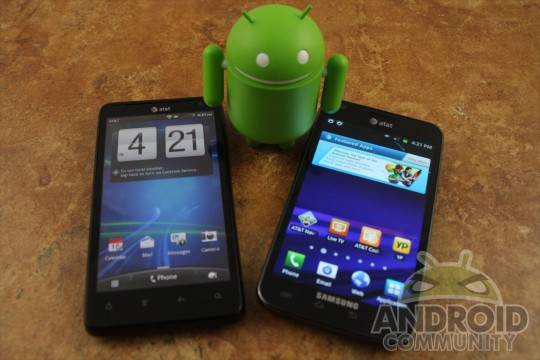
AT&T’s 4G LTE network doesn’t extend to my location, but I’ll be making a trip into one of the very few cities that’s currently supported later this week. Keep an ye out for our exclusive AT&T 4G LTE speed reports. In the meantime, check out the unboxing video below:
The HTC Vivid will be available from AT&T on November 6th for $199.99 on-contract.
[device id=1991]



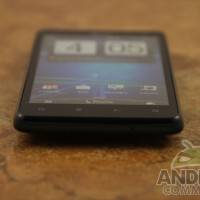
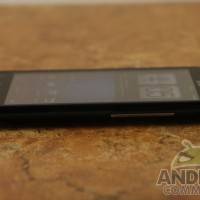


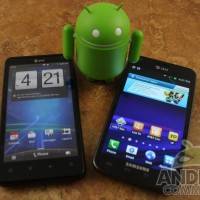
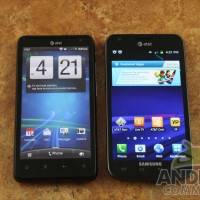
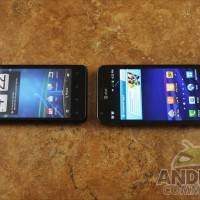

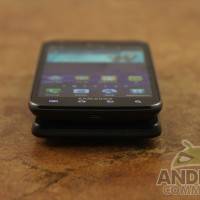
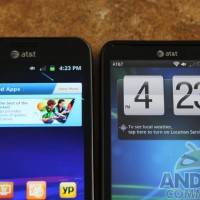










That painted aluminum WILL scratch when you are sliding it around a stone counter! Listening to the review for this and the Skyrocket was like scratching nails across a chalkboard…yikes. FYI – The Vivid (not “View”) has a 1.2 GHz dual core processor, not 1.5 (that is the Skyrocket). My concern with the back on the Vivid is the gap at the top where the metal slides up to come off. That and how easy it seems to come off. But I will still buy it over the Skyrocket. 🙂
Oh, and from several reports the Skyrocket does have NFC (need to update specs). HTC – Why no NFC??
Yeah I have the same question.
http://www.fourgltephones.com
You can update your stats…
Also Known As: Raider 4g, Holiday, Waikiki
Awesome features. Nice update from HTC